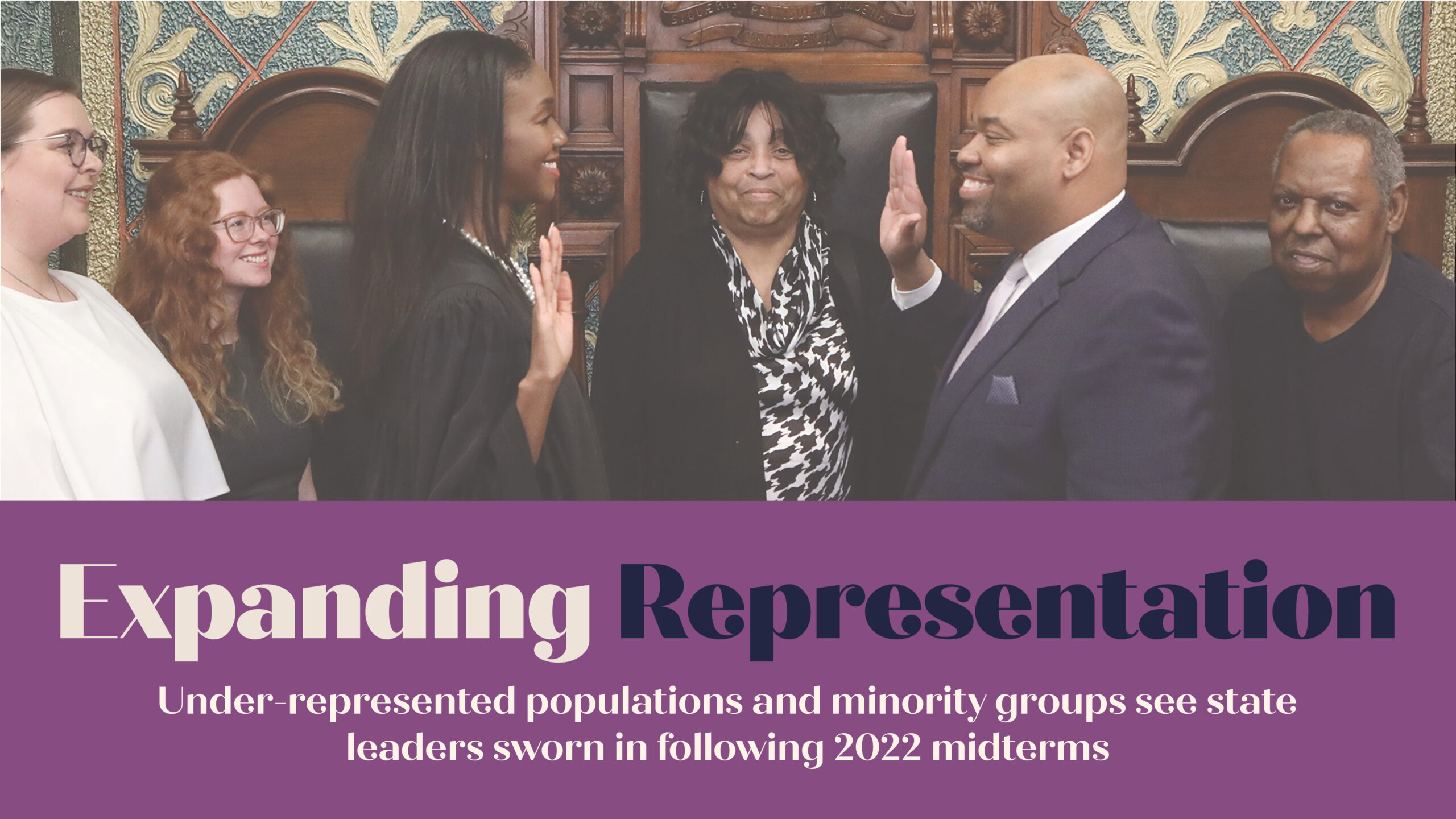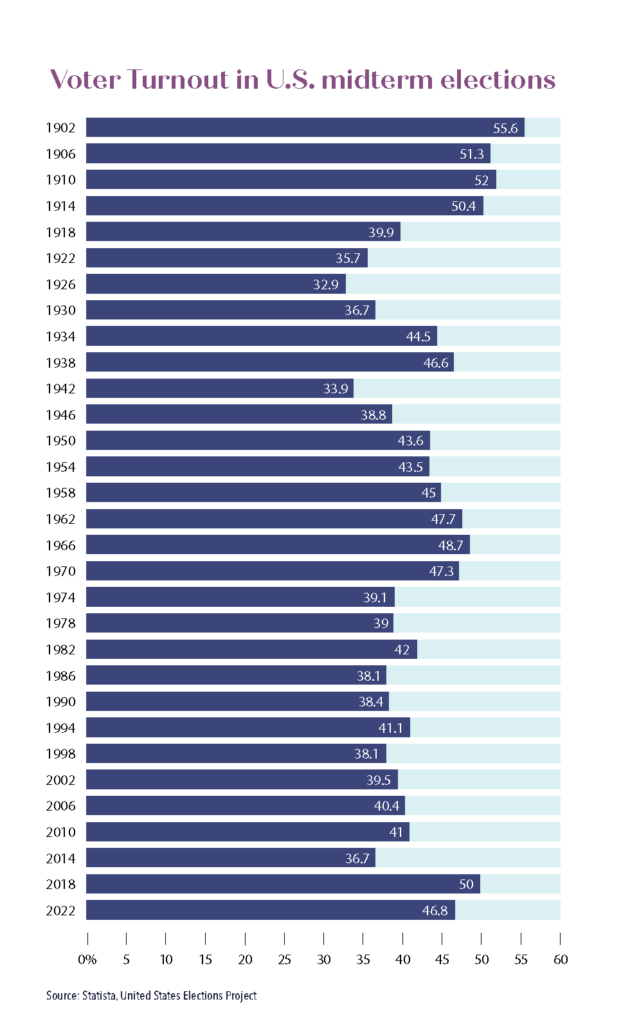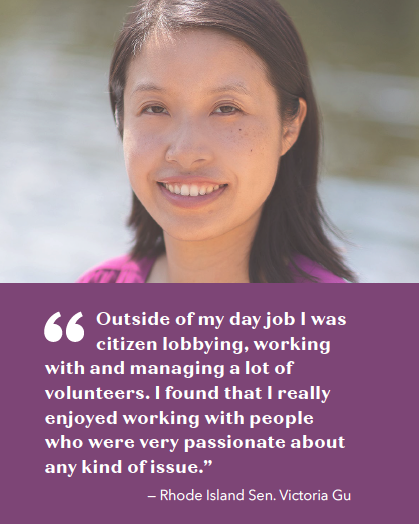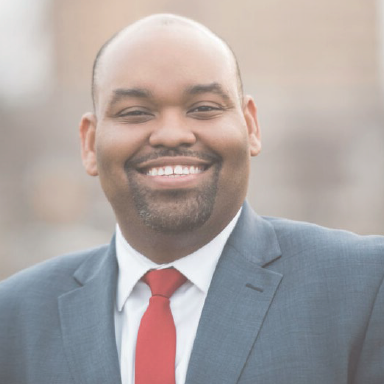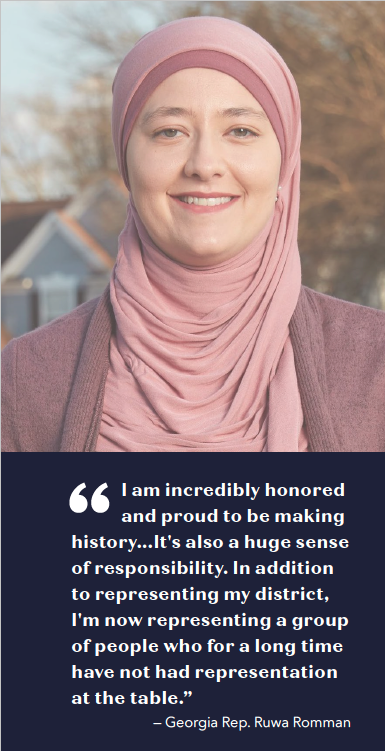By Jennifer Horton and Sean Slone
The Council of State Governments works to help state officials solve problems and share information with other policymakers across the U.S. As a nonpartisan association of all state officials, elected and appointed, the work of CSG is research informed in order to help states identify solutions that help their communities. We recognize that no single solution works for everyone, but we can learn from the successes — and failures — of other states.
Through extensive survey work conducted by the CSG Center of Innovation research team, the CSG national office identified five top priority public policy issues that — in addition to work in other areas — CSG policy staff will expand on and provide resources for during 2023:
- INFRASTRUCTURE AND TRANSPORTATION.
- FISCAL AND ECONOMIC POLICY.
- HOUSING.
- MENTAL HEALTH INCLUDING SUBSTANCE USE DISORDER.
- EDUCATION AND WORKFORCE.
Each issue of CSG Capitol Ideas magazine in 2023 will focus on the work states are doing in each of these policy areas. This issue kicks off with a deeper dive into mental health and the different ways states are working to address this growing issue.
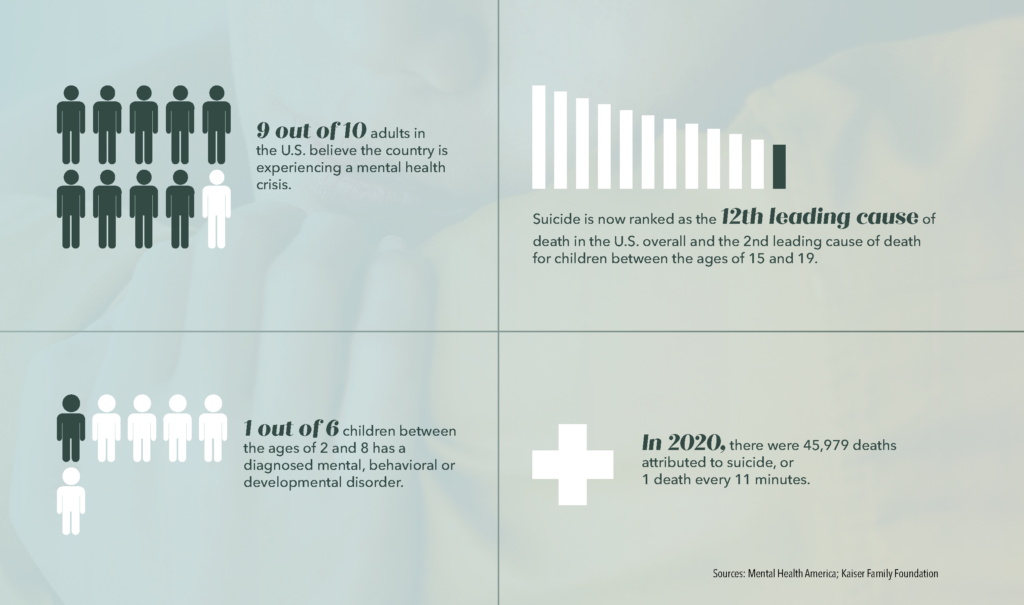
STATE ACTIONS TO ADDRESS MENTAL HEALTH
Nine out of 10 adults in the U.S. believe the country is experiencing a mental health crisis. With that consideration, which resulted from a poll conducted by CNN and the Kaiser Family Foundation, and the topic of mental health gaining more attention in the conversations surrounding health care and wellness, many states are directing efforts at some of the most pressing concerns.
Recently, these have included suicide prevention (a leading cause of death in the U.S.), children’s mental health (1 in 6 children between the ages of 2 and 8 has a diagnosed mental, behavioral or developmental disorder), and expanding access to care. Mental Health America’s 2022 report provided a state-by-state look at access to mental health services, ranking states overall and in a number of categories including adult mental health, youth mental health, prevalence of mental illness and access to care.
SUICIDE PREVENTION
In 2020, there were 45,979 deaths attributed to suicide, or one death every 11 minutes. Even more people thought about or attempted suicide with more than 16 million adults seriously thinking about, planning or attempting suicide.
Suicide is now ranked as the 12th leading cause of death in the U.S. overall and is the second leading cause of death for children between the ages of 15 and 19 years old. As cases of mental health conditions rise and the search for solutions continues, specialists around the nation are calling it a national mental health crisis.
A number of states passed legislation to fund and implement the new National Suicide Prevention Lifeline, 988, in 2021. Experts hope that the inclusion of 988, dubbed by some as the mental health equivalent of 911, will successfully prevent more people from dying due to mental health concerns. Colorado (Senate Bill 21-154; 2021) and Washington (House Bill 1477; 2021) established telecommunications charges and appropriated funds to support the help line’s implementation and working groups to provide recommendations and/or oversee and administer the hotline.
Individuals who identify as LGBTQ+ experience disproportionate levels of poor mental health and suicidality. According to a survey conducted in 2021 by the Centers for Disease Control and Prevention looking at high school students, 25% of lesbian, gay or bisexual students attempted suicide during the past year compared to 5% of heterosexual students. States have passed legislation to support this population, both by protecting them from practices that have been linked to substantial harm as well as by enacting bills that increase access to LGBTQ+ affirmative care.
In 2021, North Dakota enacted new ethics standards in alignment with the American Psychiatric Association’s Guidelines for Psychological Practice with Sexual Minority Persons and the APA’s Position Statement on Conversion Therapy and LGBTQ Patients that prohibit licensed social workers from subjecting LGBTQ+ youth to conversion therapy and require practitioners to use therapies that affirm individuals’ sexual orientations and gender identities. During the 2021 and 2022 legislative sessions, Illinois (SB 4028) and Vermont (HB 210) enacted bills creating task forces that will provide recommendations for increasing access to LGBTQ+ supportive care.
CHILDHOOD MENTAL HEALTH
In recognition of the role of schools as a crucial access point to youth mental health care, states have enacted at least 100 laws since early 2020 aimed at supporting schools in the delivery of school-based mental health services. Some examples of this recent legislation include:
- Connecticut: HB 6621 (Public Act No. 21-95, enacted June 2021) established requirements for the School Emotional Learning and School Climate Advisory Collaborative, which will develop a strategy to initiate collaborations with community-based mental health providers and support school staff in mental health and social-emotional learning. Connecticut SB 2 (Public Act No. 21-46, also enacted in June 2021) requires local boards of education to allow students to take up to four mental health days per school year.
- Illinois: SB 818 (Public Act 102-0522, enacted August 2021) requires that health education courses for students include information on mental health.
- Massachusetts: H 4002 (Chapter 24, enacted July 2021) appropriated funding for a pilot program for telebehavioral health services through schools.
- North Carolina: SB 105 (SL 2021-180, enacted November 2021) allocated funding from the American Rescue Plan Act to establish a grant program for schools to hire psychologists in response to COVID-19.
- Rhode Island: SB 31/HB 5353 (Chapter 131, enacted April 2021) requires that school staff and students receive education on suicide awareness and prevention.
- Texas: SB 279 (enacted June 2021) requires schools to include crisis line contact information on all identification cards for students in grades six through twelve.
- Virginia: SB 1288/HB 2299 (Chapter 452, enacted March 2021) requires that school counselors receive mental health training in order to obtain and renew their license.
- Wisconsin: Assembly Bill 528 (enacted February 2020) established a competitive grant program to support peer-to-peer suicide prevention programs in high schools.
Mental Health Stigma and Employability
Attitudes and stigma around mental health were one of the topics addressed in a 2021 study on mental health at work published by the organization Mind Share Partners. According to the study, the country may be witnessing a subtle shift in those attitudes in the wake of the impacts of COVID-19.
58% of respondents were willing to hire or work with someone with a mental health condition, up from 46% in 2019.
55% of respondents believe that an employee with a mental health condition could be just as productive as one without, up from 52% in 2019.
55% said they knew someone personally with a mental health condition, up from 50% in 2019.
READ MORE about states addressing stigma and employability on the State Talk blog.
ACCESS TO CARE
Many states have expanded behavioral health care in Medicaid to address mental health and substance use outcomes. Many of these initiatives extend beyond Medicaid enrollees and funding. Research indicates that Medicaid expansion, and the resulting increase in mental health coverage, is associated with a decrease in suicide mortality.
Montana’s Healing and Ending Addiction through Recovery and Treatment 1115 demonstration waiver expands access to treatment and recovery services, improves transitions of care across treatment levels, and seeks Medicaid coverage for evidence-based substance use disorder treatment models and pre-release care management for individuals involved in the justice system. In another state example, North Dakota’s Medicaid 1915(i) state plan amendment, authorized by SB 2012, allows North Dakota Medicaid to pay for 12 additional home and community based services to support individuals with behavioral health conditions. The program includes policies that address rural challenges.
MENTAL HEALTH PARITY
Disparities in mental health coverage persist despite Congress passing the Mental Health Parity and Addiction Equity Act in 2008. The bill, requiring equitable coverage of mental health and substance use disorder treatment, was further bolstered by the 2010 Affordable Care Act’s requirement that most health plans cover mental health and substance use disorder care. Some forms of insurance, such as Medicare, the Veterans Administration and short-term limited duration health plans, are able to place limitations on mental health coverage and the laws don’t require parity in reimbursement rates, making it difficult or impossible to find in-network mental health care providers.
Although states must meet the minimum standards established by the MHPAEA, some have taken steps to make their laws more rigorous, to have a broader scope, or to oversee enforcement. During the 2021 and 2022 legislative sessions, at least 14 states passed parity laws: Maryland, Wyoming, Oklahoma, Montana, Oregon, Ohio, Kentucky, Missouri, Colorado, Florida, Georgia, Illinois, Nevada and Washington.
In 2021, both Ohio SB 284 and Missouri HB 604 enacted legislation requiring their state insurance directors to issue regulations and enforce the MHPAEA. And Illinois SB 0471 expanded and clarified requirements for insurers to provide timely access to treatment.
Some state’s bills expand telehealth options while others focus on oversight and reporting requirements. In Maryland, SB 3 amended the state’s telehealth law to promote coverage for mental health and substance use disorder services. Additionally, Nevada AB 181 requires providers and insurers to report suicide attempts to the chief medical officer for parity compliance.
ADDITIONAL RESOURCES
50-State Medicaid Budget Survey for Fiscal Years 2021 and 2022, Kaiser Family Foundation (VIEW)
National Alliance on Mental Illness State Legislation Report: Trends in State Mental Health Policy (2019), National Alliance on Mental Illness (VIEW)
Mental Health America State Policy Recommendations: Youth Mental Health, Mental Health America (VIEW)











